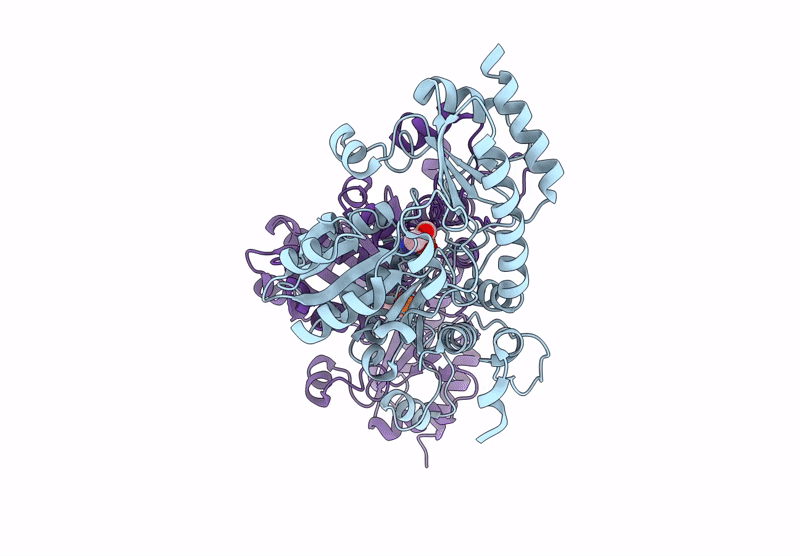
Deposition Date
2024-07-12
Release Date
2025-05-14
Last Version Date
2025-05-14
Method Details:
Experimental Method:
Resolution:
2.27 Å
R-Value Free:
0.21
R-Value Work:
0.16
R-Value Observed:
0.16
Space Group:
C 1 2 1


